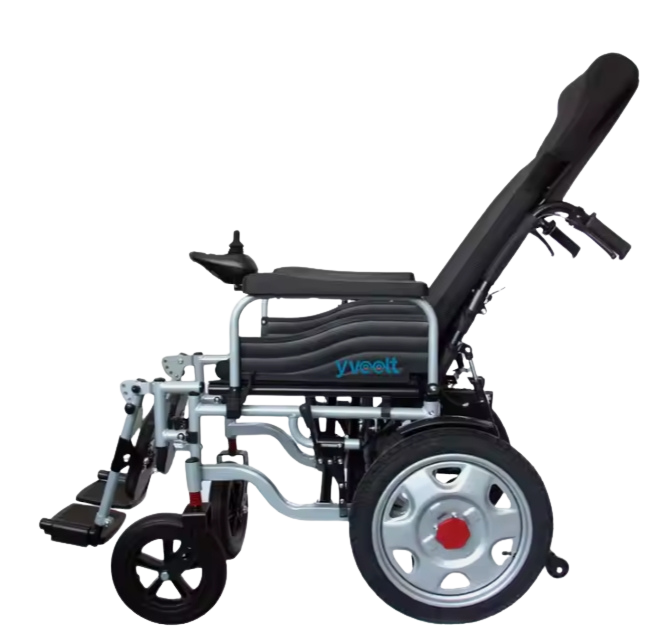Accessibility Trends: Embracing Wheelchairs in Modern Living Spaces
9/24/20241 min read
Introduction to Accessibility in Design
As our awareness of inclusivity grows, modern living spaces are increasingly integrating accessibility features. One significant component of this trend is the design of spaces that accommodate wheelchairs effectively. This blog explores the emerging accessibility trends that are making living spaces more wheelchair-friendly.
Innovative Design Solutions for Wheelchair Users
Contemporary architecture and interior design are redefining how we perceive accessibility. From wider doorways to open floor plans, designers are emphasizing features that facilitate movement for wheelchair users. Many new homes now include ramps instead of stairs, automatic doors, and accessible kitchens that provide ample space for maneuverability. These solutions not only enhance comfort for those using wheelchairs but also create a more inviting atmosphere for all residents and guests.
Smart Home Technology and Wheelchair Accessibility
The incorporation of smart home technology is another exciting trend. Voice-activated systems and apps designed for home automation allow wheelchair users to control lights, temperature, and even appliances without needing to navigate through tight spaces. Furthermore, safety features like smart locks and surveillance systems can be accessed remotely, giving users greater peace of mind.
Accessible design considerations also extend to outdoor living areas. Patios, gardens, and balconies are increasingly being designed to ensure wheelchair compatibility, providing individuals with seamless access to enjoyable outdoor experiences. By embracing these trends, we not only enhance the quality of life for wheelchair users but also contribute to a culture that prioritizes equality and inclusivity.

© 2024. All rights reserved.


